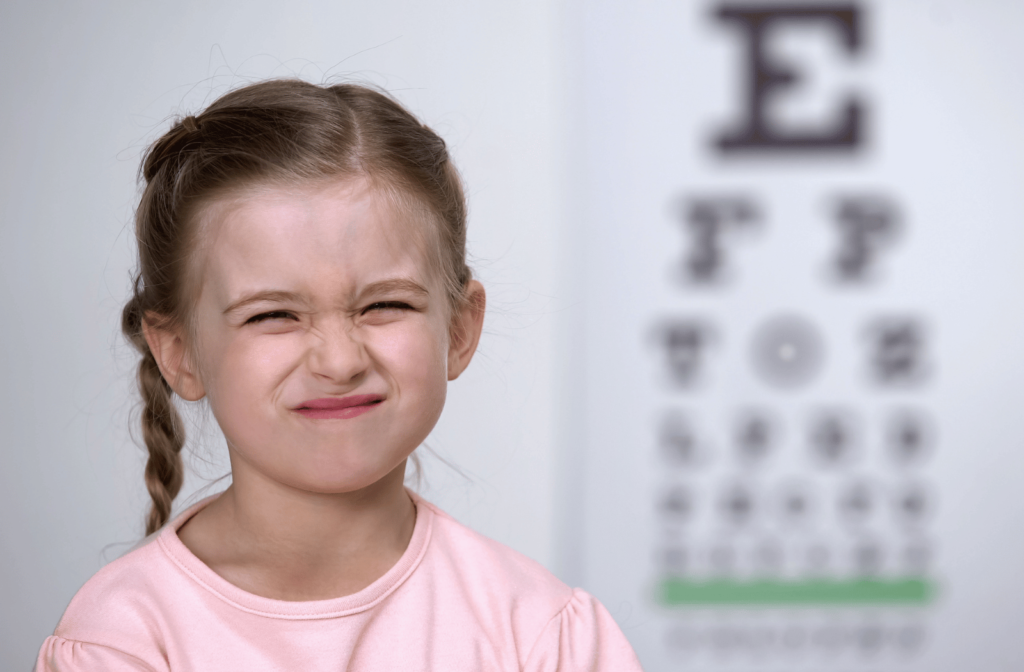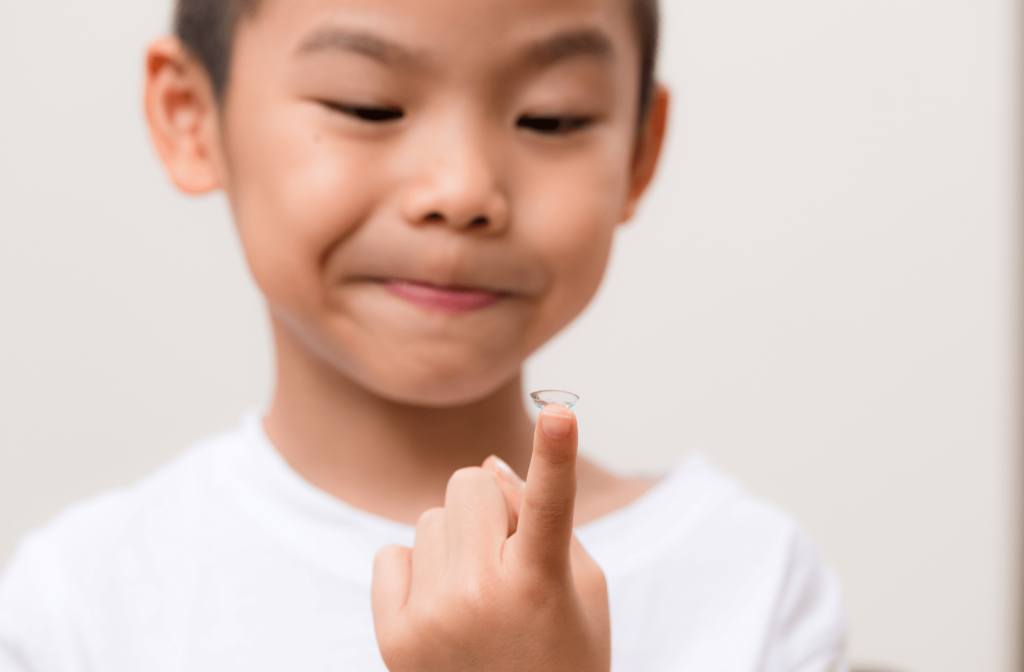Myopia, or nearsightedness, is a common eye condition affecting around one-third of the U.S. population. It’s on the rise worldwide and estimated that nearly half of the world’s population will have myopia by 2050.
There is no cure for myopia, and severe myopia can increase your risk for serious eye conditions. For these reasons, children need to have regular eye exams to check for the presence of myopia.
Myopia control is a strategy to slow myopia progression in children using specialty contact lenses, such as MiSight Contact Lenses.
What Is Myopia?
In myopia, the eye is too long, or the cornea (the light-sensitive tissue at the back of the eye) is steeply curved. Light entering the eye focuses in front of the retina instead of on it, causing far-away objects to look blurry, and close-up ones are clear.
The result is blurry distant vision, among other symptoms:
- Difficulty seeing the tv or a whiteboard.
- Squinting to see better.
- Frequent prescription changes for glasses or contact lenses.
- Eye strain and subsequent headaches.
- Eye fatigue or discomfort after reading or performing other close-up work.
- Difficulty seeing while driving, especially at night.

Myopia Progression
Myopia is a progressive eye condition with mild symptoms at first and can become more severe over time. You can decrease the likelihood of becoming myopic by spending more time outdoors. However, this will not slow down myopia progression.
Myopia in children can progress rapidly due to several factors:
- Age: Anyone can get myopia, but it usually develops in childhood and worsens until the early 20s. During this time, the eyes continue to grow, and so the shape of the eyes can change.
- Genetics: Children with a family history of myopia where one or both parents are nearsighted are at a higher risk of developing the condition.
- Environmental factors: More time doing near work, such as reading, in front of screens, or using a computer, and less time spent outdoors.
Myopia Treatment & Control
The goal of treatment for myopia is to prevent it from worsening. Severe or high myopia can increase your risk of developing other eye problems, like cataracts, glaucoma, and retinal detachment later in life. These sight-threatening eye conditions can lead to vision loss.
Treatment for myopia can include correcting the refractive error:
- Eyeglasses with single-vision lenses can correct nearsightedness but can’t stall myopia progression. And most children will require stronger prescriptions until they reach their 20s when myopia stops progressing.
- Scleral contact lenses are ideal for those with corneal irregularities. However, they can work for someone with a healthy cornea and high myopia. They can provide excellent vision and are more comfortable.
Studies have shown that myopia-control contact lenses can slow down or halt the progression of nearsightedness in children. These lenses work by modifying how the eyes focus light, which can help to reduce the amount of stress placed on the eye and slow the elongation of the eye.
MiSight Contact Lenses
MiSight lenses are the first FDA-approved contact lenses for controlling myopia progression in children between 8 and 12 years. These contacts are soft, single-use, disposable lenses worn during the day.
MiSight lenses can correct nearsightedness, similar to corrective lenses, and has concentric peripheral rings in the lens. These rings help focus light in front of the retina (the light-sensitive tissue at the back of the eye).
Shifting peripheral focus in front of the retina tricks the eye into believing it’s long enough. Eye growth stops or slows and prevents further myopia progression.
The recommendation is that children wear MiSight contact lenses 6 days a week and 10 hours a day until they are teenagers. They are easy to use, with 90% of children able to insert and remove MiSight contact lenses themselves. They also don’t require daily cleaning or disinfection.
Myopia Control to Stop Myopia Progression
Catching myopia early and preventing myopia progression is essential to protect your child’s vision now and later. Depending on their age and the severity of myopia, an eye exam can help determine the right myopia control strategy for their needs.
Book an appointment with 2020 Eyecare Ohio near Cincinnati to find the correct contact lens based on your child’s sensitivity, eye shape, level of personal hygiene, maturity, and lifestyle.



